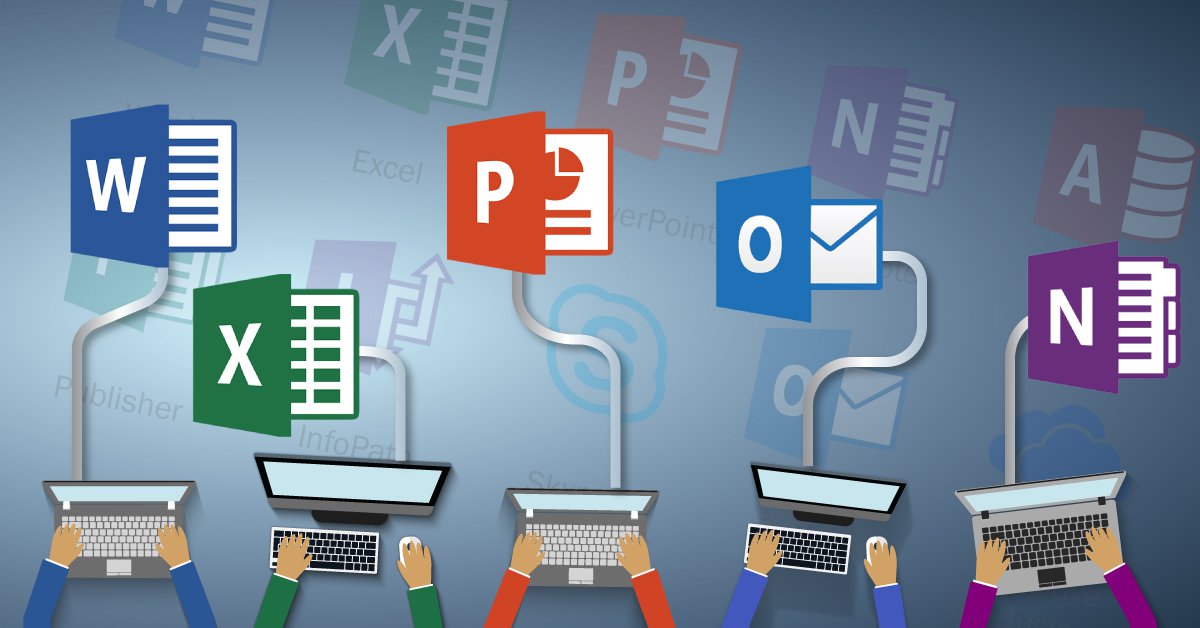The COVID-19 pandemic accelerated the adoption of remote work, prompting a paradigm shift in how businesses approach the 오피스타. Many organizations have embraced a hybrid model, allowing employees to work remotely part-time while utilizing office spaces for collaboration, meetings, and team-building activities.
This hybrid approach combines the benefits of remote work, such as flexibility and reduced commuting stress, with the advantages of in-person interaction, including spontaneous idea generation and stronger team cohesion. As a result, offices are transforming into collaborative hubs where employees can come together to brainstorm, strategize, and nurture a sense of belonging.
Future Trends
Looking ahead, the future of offices will likely continue to evolve. Trends such as augmented and virtual reality, artificial intelligence, and flexible workspace designs are poised to reshape the office landscape further. Companies are increasingly prioritizing employee experience, focusing on creating inclusive, adaptable, and tech-enabled work environments that cater to diverse needs and preferences.
In conclusion, the office of today is a dynamic ecosystem that transcends traditional boundaries, embracing flexibility, technology, and employee-centric design. As workplaces continue to evolve, the emphasis remains on fostering innovation, collaboration, and well-being to adapt to the ever-changing demands of the modern workforce.


